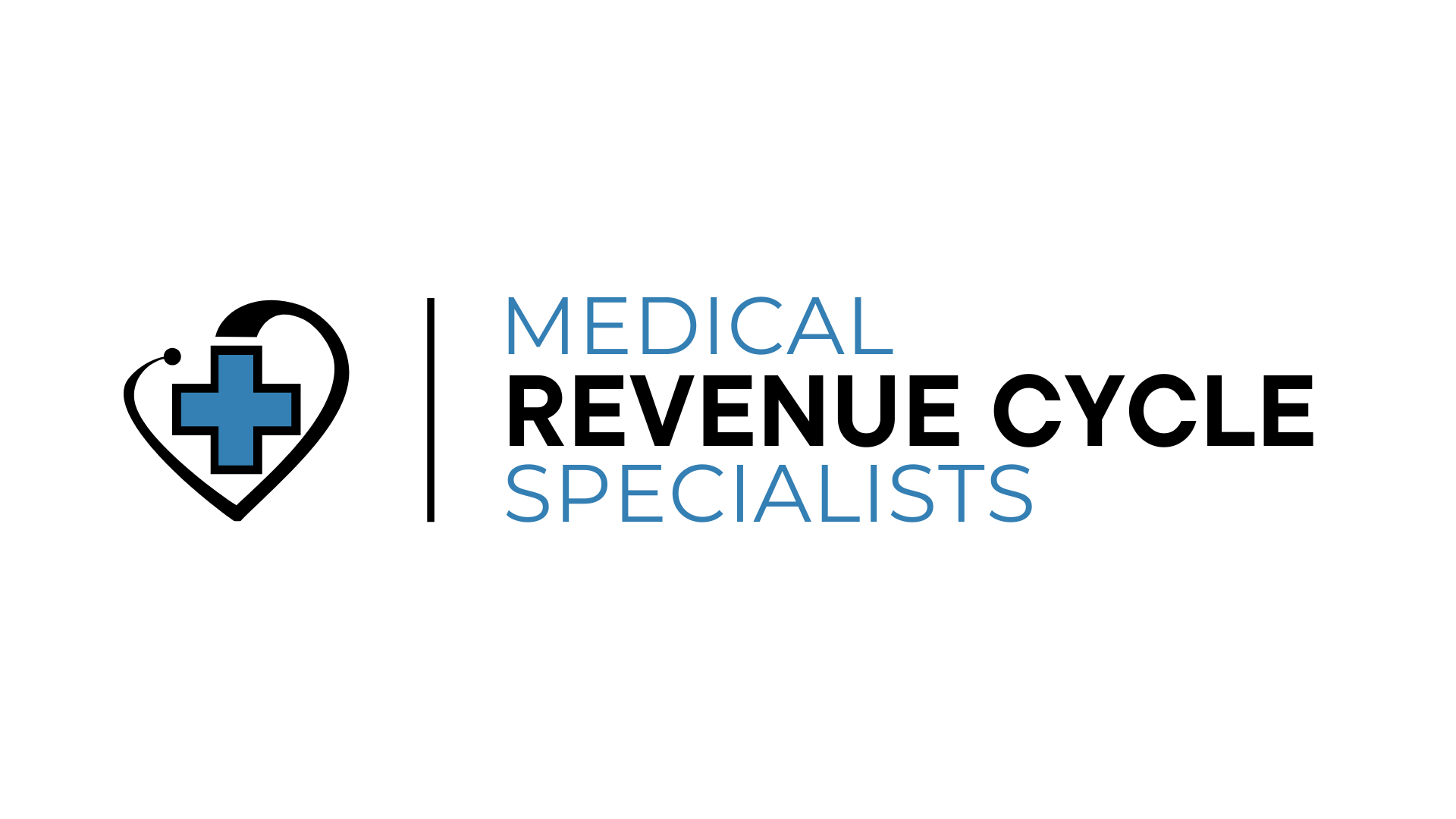MRCS Weekly Recap 9 (3.27.2022 - 4.2.2022)
- Nick Fernandez

- Apr 3, 2022
- 2 min read
1. COVID
The US has approved a second covid booster shot for people 50 and older. Israel health officials have shown that second booster shots have increased antibody levels and protection against death during the Omicron wave. This came when the CDC released a report showing that all booster strategies worked better than a single dose of the J&J vaccine. Regardless of vaccine status, a concerning report from the Black Coalition Against COVID shows that Black Americans have hospitalization rates of 64 per 100,000, which is more than double the overall rate. Rates for America have fallen yet remain high for Black people. The report shares that Older (65-74 years) Black Americans are five times more likely to die from COVID than white Americans.
A new CDC survey shows that more than a third of high schoolers experienced poor mental health and 44% reported feeling sad or hopeless during the past year. The report also showed that fewer than half (47%) of students felt close to people at school during the pandemic.
2. Practice Management
While COVID has had its hardships for everyone, the pandemic may have made healthcare more patient-centered. For instance, the pandemic forced many health service organizations to provide virtual health options such as boosting EHRs, telehealth, online appointments, etc. Digital-first care was now an option for patients when it was not before.
In other news, Fair Health found that hospital E/M visit charges continued to rise in 2020 and will likely show a rise in 2021. The median charge for a hospital evaluation and management visit increased 7% from 2019 to 2020, while negotiated rates for those visits rose 5%, continuing a steady upward trend since 2012.
3. Staffing Shortages
Healthcare workforce shortages have been a common theme of the covid pandemic. Replacing nurses leaving the profession has become increasingly difficult. The Bureau of Labor Statistics predicts that health service organizations will need to fill 200,000 nursing positions every year until 2030 to make up for this loss. While the pandemic and poor working conditions have mainly contributed to this, an aging workforce is also a problem. The average age of a registered nurse (RN) was 51 in 2020, with a majority set to retire in the next two decades.
4. Key Trends
The Biden Administration announced that around 14.5 million Americans have signed up for health insurance through the Affordable Care Act exchanges for 2022. This represents a 21% increase over the past year. Behind the rise of gas prices, Americans are most worried about unexpected and rising medical bills. Most people with private insurance (roughly 56%) said they did not know about the federal law prohibiting patients from being covered when receiving out-of-network care. This could help explain the increasing rates of people signing up for ACA coverage.
For the second consecutive month, hospitals saw negative operating margins. Volumes for inpatient services fell while outpatient volumes varied (but showed slow returns). Hospital administrators believe these metrics are due to a challenging recovery from the Omicron surge. Although February showed negative returns, they were up from January, indicating that these margins will not hold true for the future.




Comments